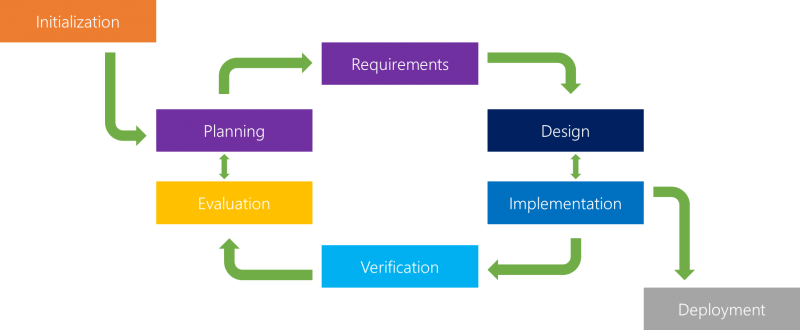Human-centered Design
Human-centered design, also known as empathetic design, places the end user at the core of the design throughout the entirety of the development process. The focus is to create a product that will resonate with users and foster a connection that will keep users satisfied and emotionally invested in the product. Human-centered design is an intricate part of the user experience, and one cannot exist without the other, so here are some tips on how to make your designs more user-friendly.
1. Use User Personas

Invest in quality user research: use real people for user personas and user testing. In order to acquire useful data that matches your target demographic, it is important to use actual people rather than sticking to hypothetical users or statistical data. In order to accomplish this, make use of
- Surveys
- In person Interviews
- Contextual inquiries
In-depth user research may be one of the most important elements of a humanistic approach, understanding your users and their habits enables you to make products that will seamlessly fit into their lives.
Why are user personas so important?
In order to get people to like your product, you must understand how people work. Personas are imagined narrations of possible end users and how they will interact with the product. User personas are crucial because they are used to guide both the early developmental and design process of a product. Personas enable a higher level of consumer research, one that includes the psychology of possible users as opposed to just a demographic description.
The goal of a persona is to understand how to connect to users on a humanistic level through representative profiles that allow designers and developers to imagine how the product will fit into the daily life of a user, illuminating possible problems in the user-product relationship. Personas permit users to take on an active role in the developmental process of a product, bridging the gap between developer and users.
2. Seek a Collaborative Effort

Providing support for human-centered design is a team effort that involves everyone in the production team - including stakeholders. Designers and developers alike also need to be encouraged to employ human-centered design approaches.
There needs to be a focus on empathy among the production team, this means taking into account users’ feelings towards the product, their needs and wants, and their motivations. Empathetic design involves setting aside assumptions about user behavior and really understanding the psychology behind the choices users make. As a result, empathetic user research tends to be subjective as researchers rely on case studies to draw conclusions.
Cooperation between designers, developers, stakeholders, and business advocates is needed for a truly empathetic design that satisfies your end users.
3. Follow the Iterative Process

Human-based design is a continuous process of modification as a natural part of the research, design, and development of a product. This modification is based upon user testing and user feedback, which drive the rest of the process, therefore it is important to not place too much emphasis on a mock-up and remain flexible.
This process saves both time and money in the long run because it enables you to release a product that is pre-programmed to address the problems your users will face because your team invested time and effort into empathetic design, user testing, and research. Adopting this process ensures that your team doesn't fall victim to over-designing and expensive product modification post-release.